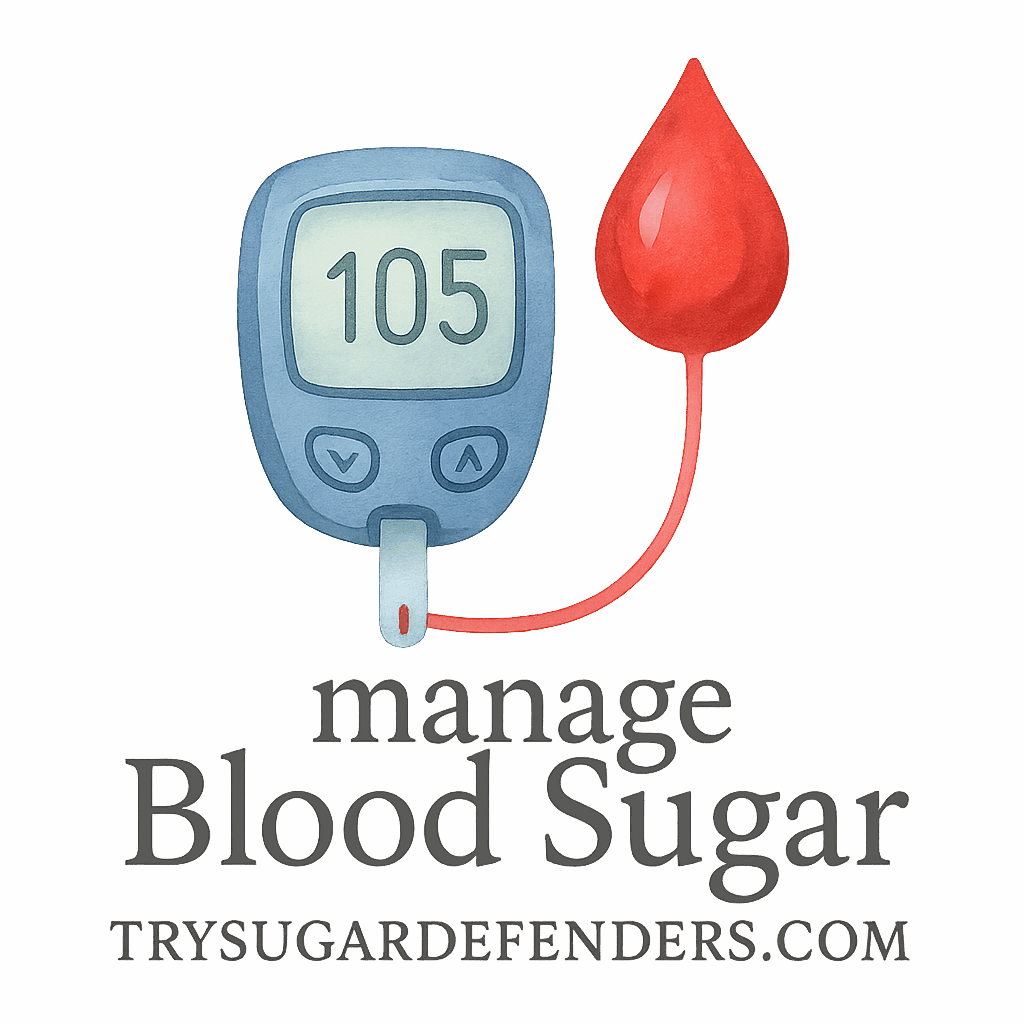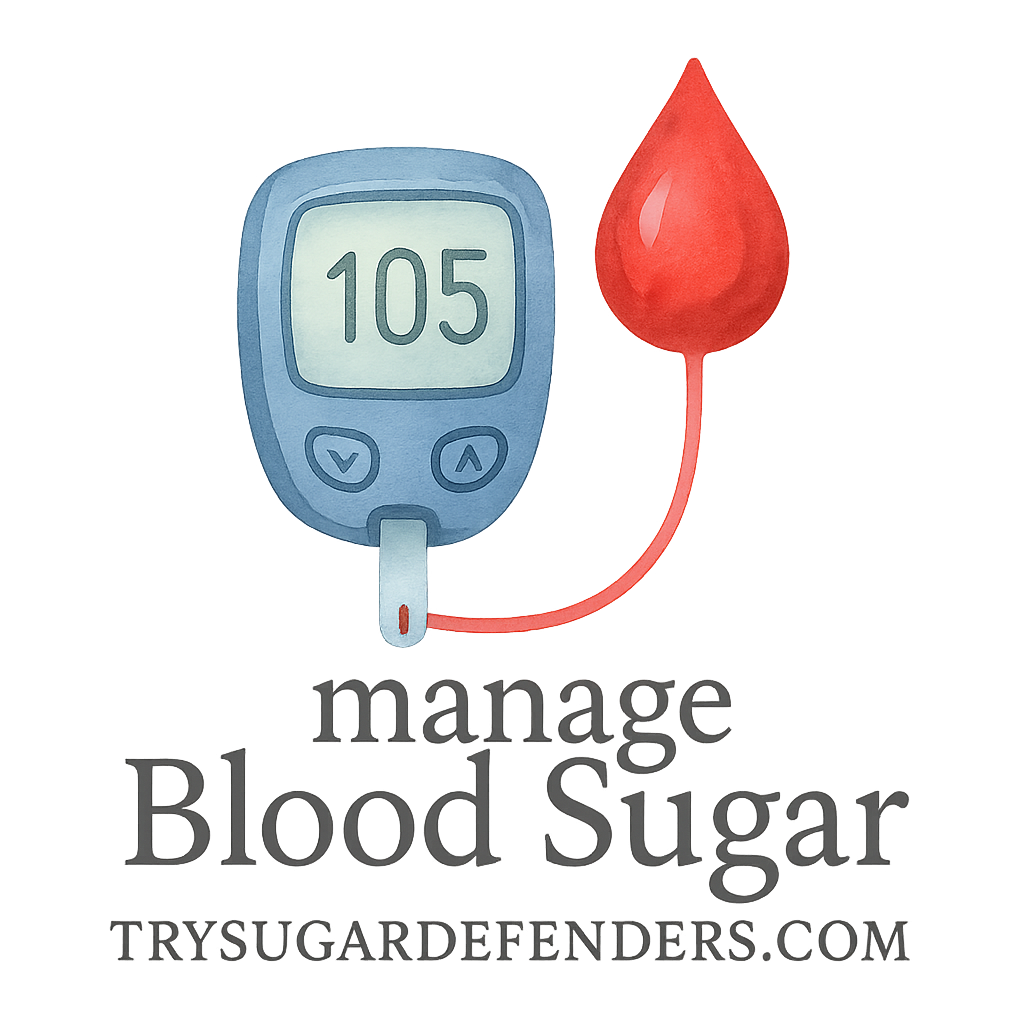Let’s be real—managing blood sugar isn’t always a walk in the park. But with the right tools, like a blood sugar journal and SMART goals, it gets a whole lot easier. Whether you’re pre-diabetic, diabetic, or just trying to stay healthy, this guide will help you use goal-setting like a pro.
And no worries, we’re keeping things super simple and actionable.
Why SMART Goals Matter for Blood Sugar Control
Ever feel like you’re setting health goals that just never stick? That’s where SMART goals come in. These aren’t just ordinary goals—they’re crafted in a way that keeps you on track, motivated, and most importantly, in control of your blood sugar.
When you pair this method with a blood sugar journal, magic happens. You create a system of accountability and clarity that can lead to lasting change.
What Is a Blood Sugar Journal?
Benefits of Keeping a Journal
Think of your blood sugar journal as your daily health diary. It’s where you record:
- Your glucose readings
- What you eat
- Your physical activity
- Sleep patterns
- Mood swings
By writing it all down, you get a bird’s-eye view of how your lifestyle affects your blood sugar.
How It Supports Your Health Goals
Your journal becomes the data hub for spotting trends, recognizing triggers, and adjusting your plan. It’s your ultimate tracking tool—and yes, it pairs beautifully with goal-setting.
➡️ Learn more about effective tracking here: Monitoring & Tracking
The SMART Goal Framework Explained
Let’s break down what SMART stands for:
S: Specific
Don’t just say, “I want better blood sugar.” Instead, say, “I want to keep my fasting blood sugar below 100 mg/dL for five days this week.”
M: Measurable
You need numbers, baby! Your journal helps here. Track progress with real data, not guesses.
A: Achievable
Set goals that challenge you—but don’t overwhelm. If you’ve never exercised, don’t commit to 60 minutes a day. Start small.
R: Relevant
Make sure it ties directly to your health needs. Every goal should support your blood sugar control plan.
Check out goal-based strategies here: Behavioral & Mental Strategies
T: Time-Bound
Deadlines = results. Without a timeline, you’ll procrastinate. Use your journal to track progress over days, weeks, or months.

10 Ways to Set SMART Goals with Your Blood Sugar Journal
1. Track Your Blood Sugar Levels Daily
This is your baseline. Without consistent tracking, you’re flying blind. Make it a SMART goal:
📌 “I will check my blood sugar before and after meals three times a day for 14 days.”
Need help? Here’s the right tech: Monitoring Devices
2. Identify Patterns Through Monitoring
Look back at your journal weekly. Do high readings happen after pasta dinners? Or low energy after workouts?
📌 Goal example: “I’ll review my journal every Sunday to spot and label one pattern.”
Check out methods here: Monitoring & Tracking
3. Set Specific Meal-Time Goals
Instead of vague plans like “eat better,” try:
📌 “I’ll limit my carbs at dinner to 40g or less for five days this week.”
Get meal strategies here: Diet & Nutrition
4. Align Your Goals with Your Doctor’s Recommendations
Always customize your SMART goals with your healthcare provider.
📌 “Based on my doctor’s advice, I’ll aim for post-meal blood sugar under 140 mg/dL.”
Curious about collaboration? Learn more: Doctor Consultation
5. Include Lifestyle Changes in Your Goals
Your blood sugar doesn’t just depend on food. Think bigger:
📌 “I’ll walk for 20 minutes after lunch, five days a week.”
Lifestyle tweaks matter: Exercise & Lifestyle
6. Use Technology and Smart Devices
Blood sugar tracking apps and smart glucometers are game-changers.
📌 Goal idea: “I’ll sync my monitor with my app daily and record the notes in my journal.”
Explore tech tools here: Technology
7. Plan Goals Based on Activity Levels
Your body’s needs change with activity. Use that journal data!
📌 “I’ll increase my carbs on heavy workout days but stay under 150g total.”
Stay active and smart: Fitness
8. Make Goals About Portion Control
Instead of counting every calorie, focus on portions.
📌 “I’ll use the plate method for all dinners this week and log each one.”
Master healthy eating habits: Healthy Tags
9. Set Mental and Behavioral Goals Too
Stress messes with blood sugar! Your mental game matters.
📌 “I’ll practice 5 minutes of deep breathing after meals to manage stress.”
See mental strategies: CBT & Mental Strategies
10. Regularly Review and Adjust Your Goals
This is huge. Your needs change, and so should your goals.
📌 “I’ll reassess my journal and set new SMART goals on the 1st and 15th of every month.”
Adaptability is key: Goal Setting
Final Tips on Using Your Blood Sugar Journal
- Don’t wait until it’s perfect. Just start logging.
- Use both paper and digital tools if needed.
- Review journal entries with your doctor.
- Set reminders so you don’t forget!
Ready to go deeper? Start building your action plan here: Try Sugar Defenders – Complete Guide
Conclusion
SMART goals and your blood sugar journal are a powerhouse combo. Whether you’re trying to avoid spikes, prep for a check-up, or just feel more energized, this method brings real results. Stay consistent, keep your goals updated, and let your journal tell your story. You’ve got this.
For more guidance and personalized strategies, visit Try Sugar Defenders.
FAQs
1. How do I start a blood sugar journal?
Begin with a simple notebook or app. Record your meals, blood sugar readings, activity, and mood daily.
2. What should be included in a SMART goal for blood sugar?
Each SMART goal should be specific, measurable, achievable, relevant, and time-bound. Example: “Test blood sugar before breakfast for 10 days.”
3. How often should I review my journal?
Weekly reviews are ideal. They help identify trends and make adjustments before issues arise.
4. Are digital blood sugar journals better than paper ones?
Both work. Digital tools offer automation, but paper journals give flexibility. Use what keeps you consistent.
5. How do SMART goals improve diabetes control?
They make your goals clear, actionable, and trackable—helping you stay motivated and see progress.
6. Can SMART goals include exercise routines?
Absolutely. For example: “Walk 5,000 steps daily for 14 days and record energy levels.”
7. Where can I get more help creating goals?
Try our in-depth guides at Try Sugar Defenders – Goal Setting and Behavioral & Mental Strategies


